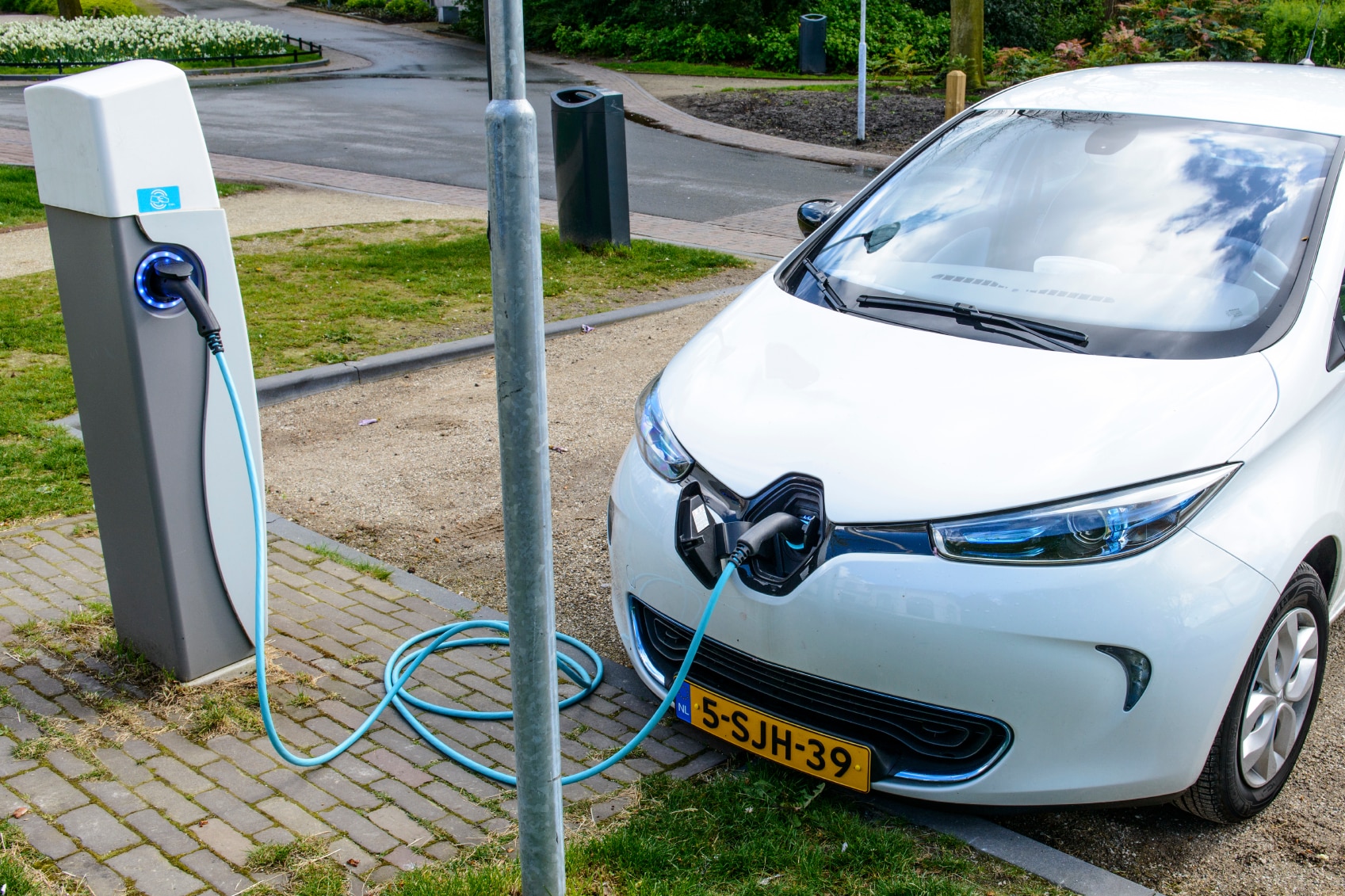 Many commodity prices are in a slump, but lithium prices are on the rise, driven by the growing demand for lithium-ion (Li-ion) batteries to supply the electric car market. Tesla plans to produce 500,000 battery-powered vehicles per year by 2020, with batteries supplied by the company’s 13.6 million square foot “gigafactory” which, once completed, will be the world’s second largest building by volume. Tesla may be the most well known electric car manufacturer thanks to the publicity surrounding the gigafactory, but Apple, Google, and Faraday Future are also getting into the electric car market. According to an article on oilprice.com, Apple will be competing directly with Tesla with its own electric car which is expected to be available in 2019, while the start-up Faraday Future is planning a new $1-billion factory in Las Vegas, and is hoping to produce its first car next year. And all these battery factories will demand an estimated 100,000 tons of new lithium carbonate by 2021.
Many commodity prices are in a slump, but lithium prices are on the rise, driven by the growing demand for lithium-ion (Li-ion) batteries to supply the electric car market. Tesla plans to produce 500,000 battery-powered vehicles per year by 2020, with batteries supplied by the company’s 13.6 million square foot “gigafactory” which, once completed, will be the world’s second largest building by volume. Tesla may be the most well known electric car manufacturer thanks to the publicity surrounding the gigafactory, but Apple, Google, and Faraday Future are also getting into the electric car market. According to an article on oilprice.com, Apple will be competing directly with Tesla with its own electric car which is expected to be available in 2019, while the start-up Faraday Future is planning a new $1-billion factory in Las Vegas, and is hoping to produce its first car next year. And all these battery factories will demand an estimated 100,000 tons of new lithium carbonate by 2021.
Where will all the lithium come from? Lithium is a poorly concentrated mineral, so traditional hard-rock mining of lithium-bearing pegmatite and spodumene is a costly and time-intensive endeavor. The easiest and least expensive method of obtaining lithium is by the evaporation of highly concentrated lithium brine. Read Lithium Mining Today May Influence What You Drive In the Future to learn more about the brining and hard rock mining methods of obtaining lithium.
North America has only one lithium mine, the Albermarle Silver Peak Mine, and only one U.S. company is currently producing lithium from brine. Most of the world’s lithium comes from brine operations in Chile and a spodumene operation in Australia. China and Argentina are also major lithium producers. Establishing a reliable, diversified supply of lithium is a top priority for technology companies in the United States and Asia, particularly battery suppliers and vehicle manufacturers, and numerous lithium claims have been leased or staked worldwide. Brine operations are under development in Argentina, Bolivia, Chile, and the United States; spodumene mining operations are under development in Australia, Canada, China, and Finland; a jadarite mining operation is under development in Serbia; and a lithium clay-mining operation is under development in Mexico. (More data available from the U.S. Geological Survey’s 2016 Lithium Mineral Commodity Summary.)
But just because the electric car market is poised to take off doesn’t mean there isn’t room for improvement in the performance of Li-ion cells, for example to increase energy density, reduce weight, decrease costs, and improve recharge times. Understanding the solid-electrolyte interphase (SEI) layer on the electrodes, which is created as the cell charges and discharges, is an area of significant interest, so that it can be controlled and therefore improve cell performance. XPS depth profiling offers a way of chemically characterizing the complex mix that makes up the interphase layer, allowing an identification of the chemistries that comprise the SEI.
Read Analysis of Electrode Materials for Lithium Ion Batteries describing the use of an XPS system to investigate unused and cycled cathode samples and determine variations in lithium content.



What will we do with all the batteries when they no longer hold a charge. It’s bad enough trying to dispose of the household batteries already in use..